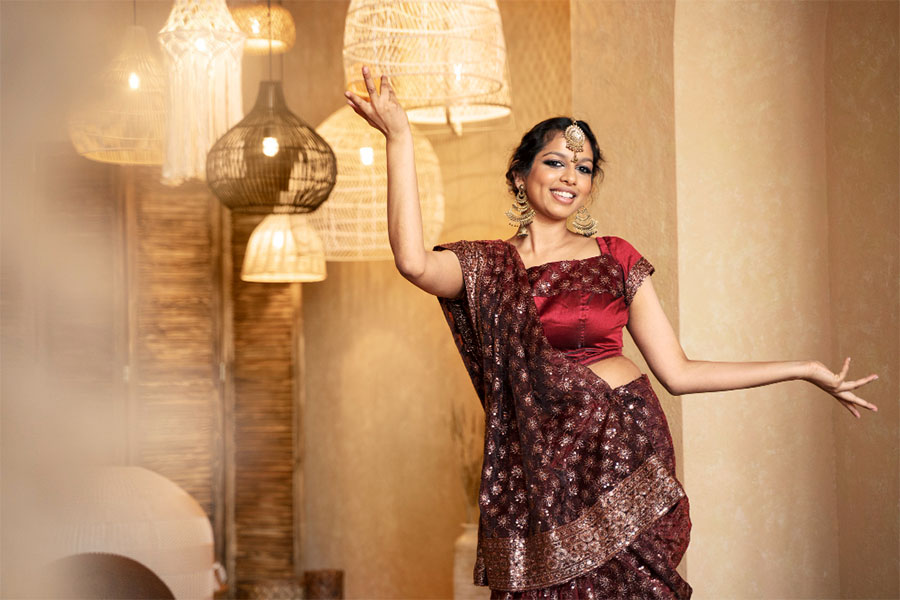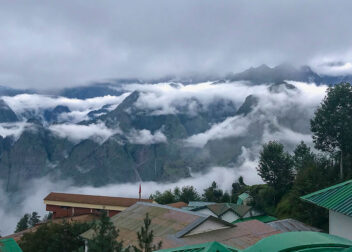Traditional Dress of Kerala: Elegance Woven in Culture
Kerala, often referred to as “God’s Own Country,” is a state in India that boasts a rich cultural heritage. One of the most captivating aspects of Kerala’s culture is its traditional attire. The traditional dress of Kerala is a vivid reflection of the state’s history, climate, and social values. In this article, we will delve into the captivating world of Kerala’s traditional clothing, exploring its distinctiveness, significance, and evolution over time.
Introduction
The traditional dress of Kerala stands as a testament to the state’s unique identity and cultural roots. It not only serves as an attire but also represents the spirit of the people and their cherished heritage.
Mundu and Neriyathu: The Classic Ensemble
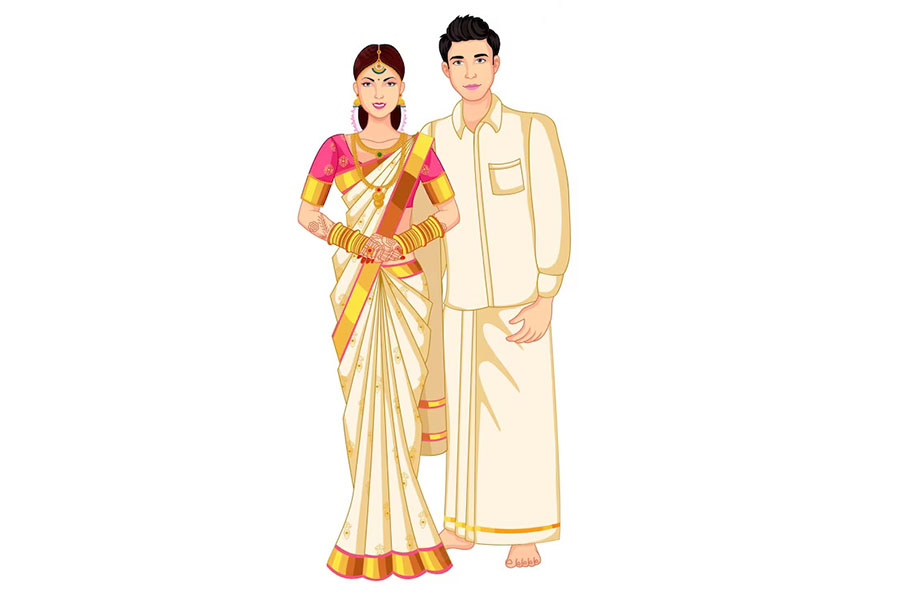
The “mundu” and “neriyathu” ensemble is the epitome of Kerala’s traditional clothing. The mundu, a white cloth draped around the lower body, and the neriyathu, a stole worn on the upper body, together form a graceful and modest attire.
Mundu
The Mundu is a garment worn by men. It is a plain white or off-white cotton cloth that is around 4-5 meters long and 1.2 meters wide. The bottom of the Mundu is tucked into the waist, and the top is draped over the left shoulder, leaving the right shoulder and arm exposed. The Mundu is also known as the Dhoti in other parts of India.
The Mundu has been a part of Kerala’s traditional culture for centuries. It is believed that the Portuguese introduced this garment to India in the 16th century. The Mundu is still widely worn in Kerala, especially on special occasions and festivals. It is a symbol of Kerala’s rich cultural heritage.
Neriyathu
The Neriyathu is a two-piece garment worn by women. It consists of a long, plain white or off-white cotton cloth that is worn over a blouse. The blouse is typically made of the same material as the Neriyathu. The Neriyathu is draped over the left shoulder and tucked into the waist, while the other end of the cloth is draped over the right shoulder. The Neriyathu is also known as the Settu Mundu or Mundum Neriyathum.
The Neriyathu is a versatile garment that can be worn in different styles. It can be draped in a simple manner or with more elaborate pleats and folds. The Neriyathu is also adorned with gold borders known as Kasavu. These borders are woven into the cloth and add a touch of elegance and richness to the garment.
Kasavu Saree: Elegance Redefined
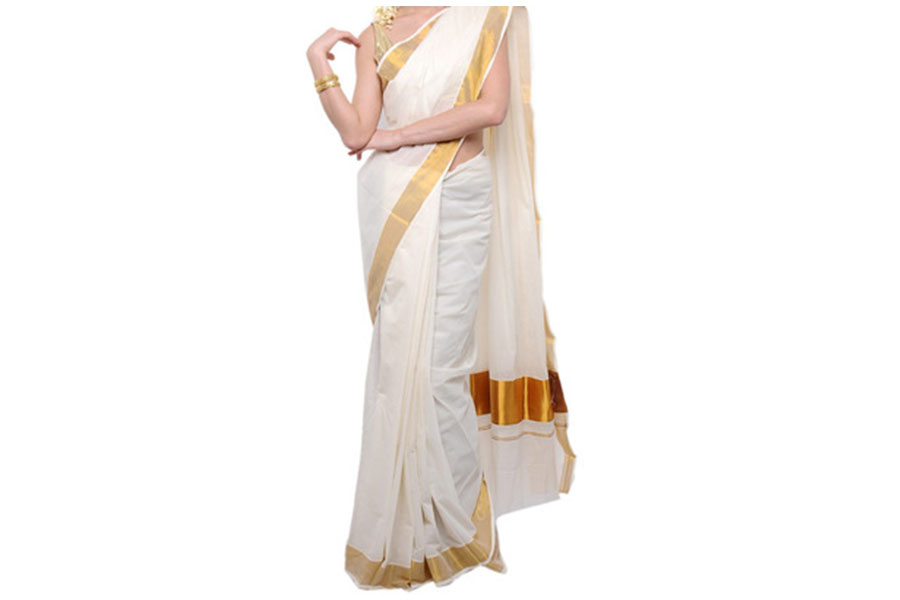
The kasavu saree, predominantly worn by women, is a symbol of elegance. With its off-white base and golden border, this saree has transcended time and fashion trends.
Men’s Traditional Attire: Mundu and Shirt
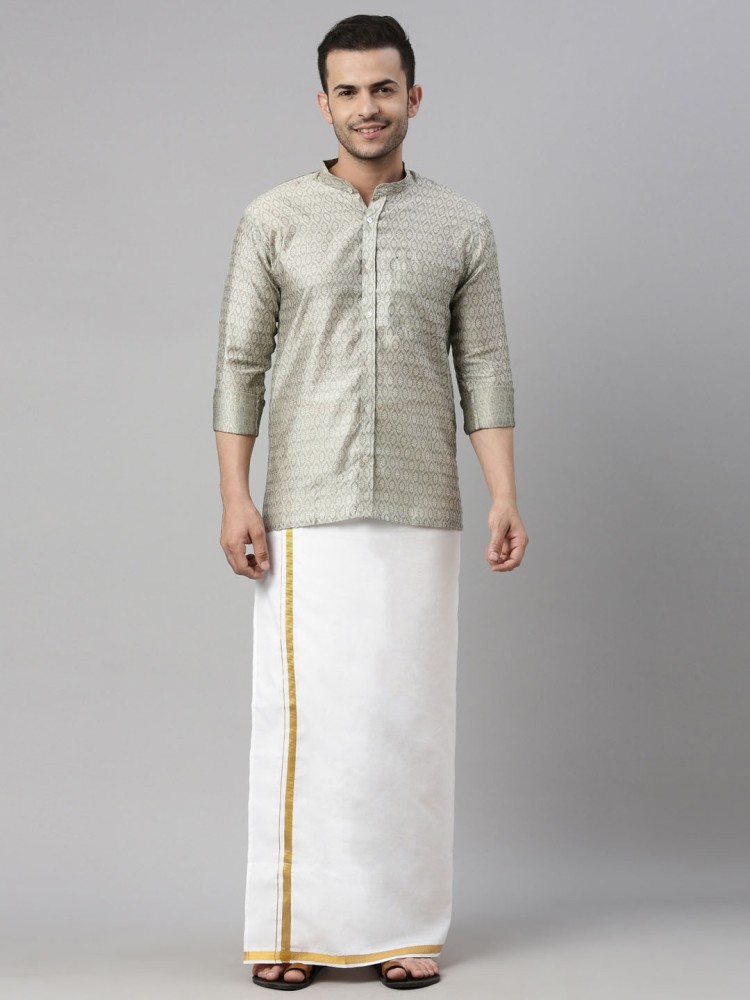
Kerala’s men embrace the comfort and sophistication of the mundu paired with a shirt. This attire is not just reserved for special occasions but is also worn in daily life.
Modern Touch: Fusion Wear in Kerala

As culture evolves, traditional dress has also seen a fusion with modern styles. This blend of tradition and innovation gives rise to unique clothing that resonates with the younger generation.
Influence of Climate on Clothing
Kerala’s tropical climate has significantly impacted its traditional clothing. The lightweight and breathable nature of the attire is a direct response to the region’s weather conditions.
Cultural Significance and Occasions
The traditional dress holds immense cultural significance during festivals, weddings, and other celebratory events. It is a visual expression of joy and unity among the people.
Evolution of Kerala’s Traditional Dress
The evolution of Kerala’s dress is a journey through time, reflecting historical influences, socio-economic factors, and changing fashion sensibilities.
Colors and Patterns: A Visual Narrative
The choice of colors and patterns in Kerala’s traditional dress is not just for aesthetic appeal. It often tells stories, conveys emotions, and symbolizes various aspects of life.
Craftsmanship and Artistry in Dressmaking
The creation of traditional clothing in Kerala involves intricate craftsmanship. Skilled artisans pour their dedication into every thread, resulting in wearable pieces of art.
Maintaining Tradition in Contemporary Times
Amidst the whirlwind of modernization, efforts to preserve traditional dress continue. Cultural enthusiasts and organizations play a crucial role in keeping the heritage alive.
Global Appeal: Kerala’s Dress on the International Stage
Kerala’s traditional dress has transcended geographical boundaries, making appearances on international runways and red carpets, garnering attention and admiration.
Passing the Legacy: Dress Across Generations
The handing down of traditional attire from one generation to the next fosters a sense of continuity and familial connection, fostering a deep bond with heritage.
Preserving Authenticity in the Face of Modernization
Balancing tradition with modernity is a delicate task. Kerala strives to protect the authenticity of its traditional dress while embracing contemporary influences.
Conclusion
The traditional dress of Kerala is not just fabric; it’s a living heritage that encapsulates the essence of the state. It’s a reminder of the past, a celebration of the present, and a gift to the future.
FAQs
- Is the mundu only worn by men in Kerala? No, the mundu is worn by both men and women in Kerala, but the draping styles and designs may vary.
- What is the significance of the golden border in kasavu sarees? The golden border represents purity and prosperity and is considered an auspicious element.
- Are there variations of traditional dress based on regions within Kerala? Yes, different regions within Kerala may have their own unique variations of traditional attire.
- How has modern fashion impacted Kerala’s traditional clothing? Modern fashion has led to the fusion of traditional and contemporary styles, creating innovative clothing choices.
- Where can I purchase authentic Kerala traditional clothing? Authentic Kerala traditional clothing can be found in local markets, textile shops, and online stores specializing in ethnic wear.

